Captainott
Rough_Rock
- Joined
- Nov 25, 2021
- Messages
- 10
I recently ordered the following stone from 1215. I noticed the blue nuance comment on the igi report and originally thought that since it is graded E color, that any perceived blue nuance would be very slight. I'm starting to worry a little more about it however, and hope I haven't made a huge mistake... Thoughts on this diamond?
V360 Viewer
v360.in
Last edited:





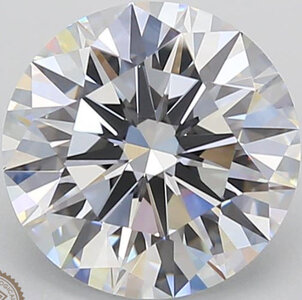
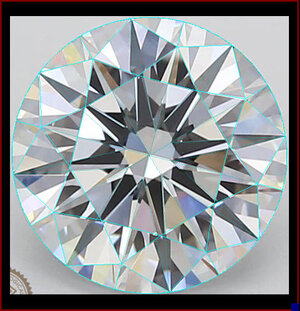
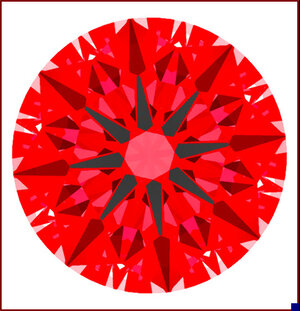
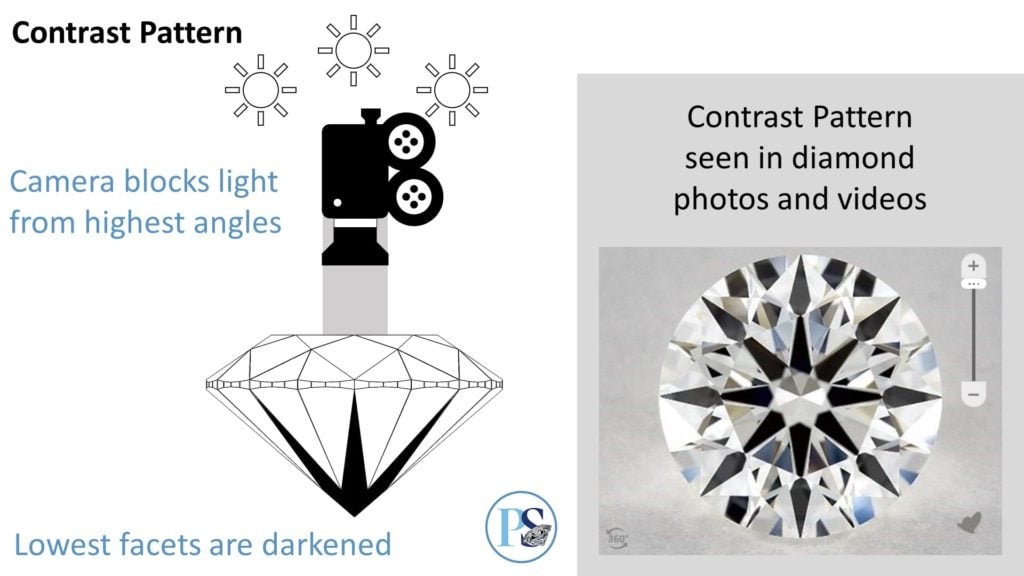

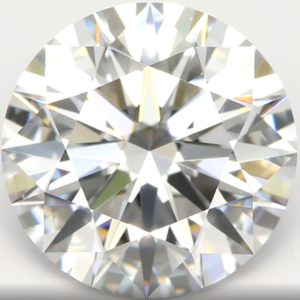
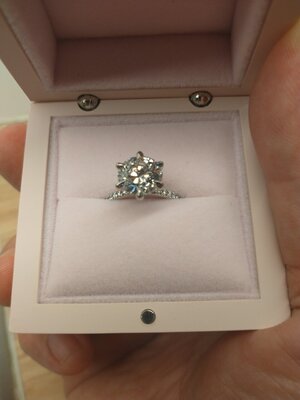
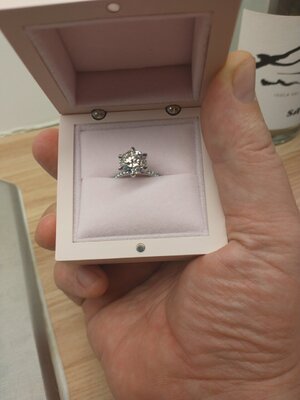
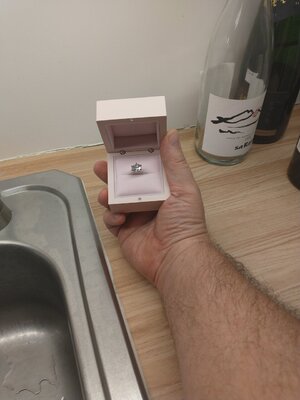
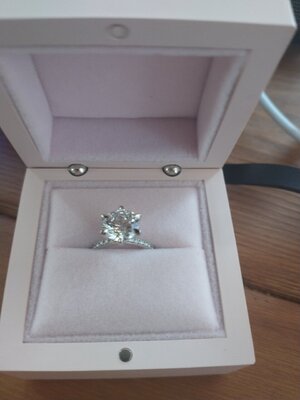
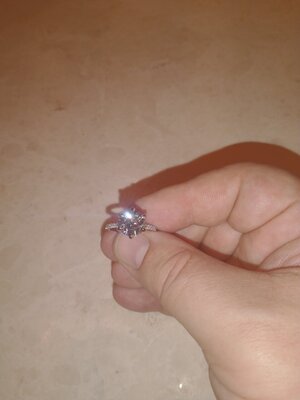
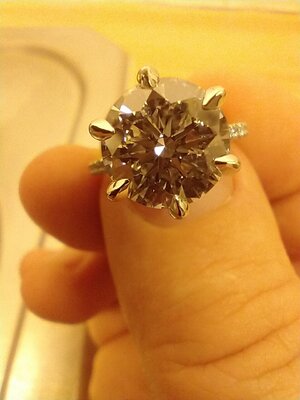
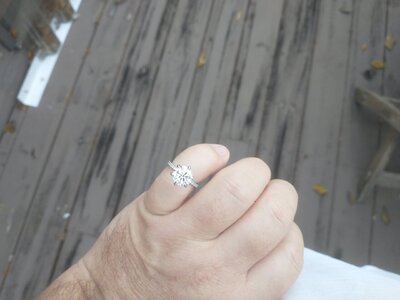
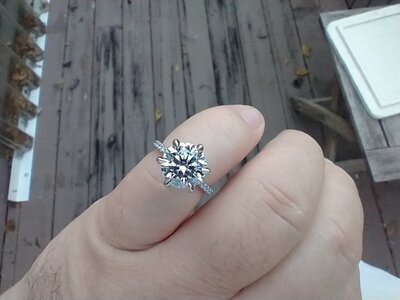
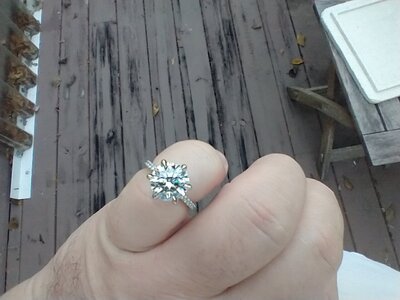


300x240.png)